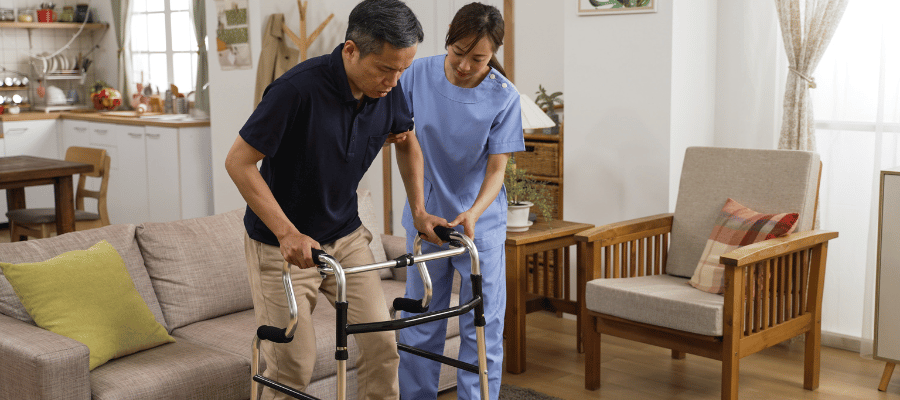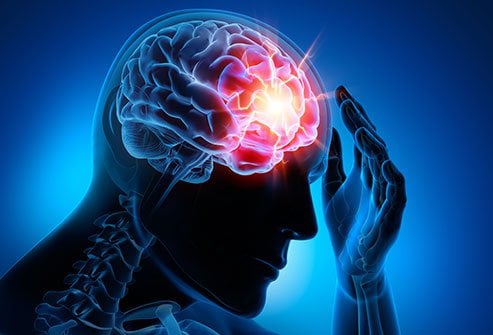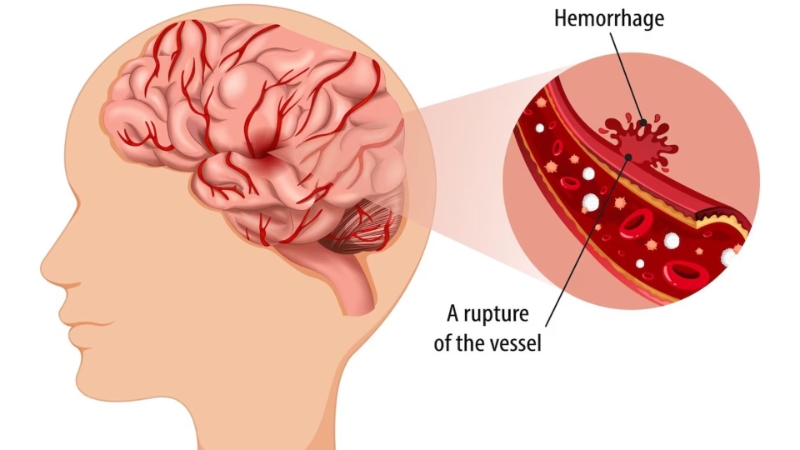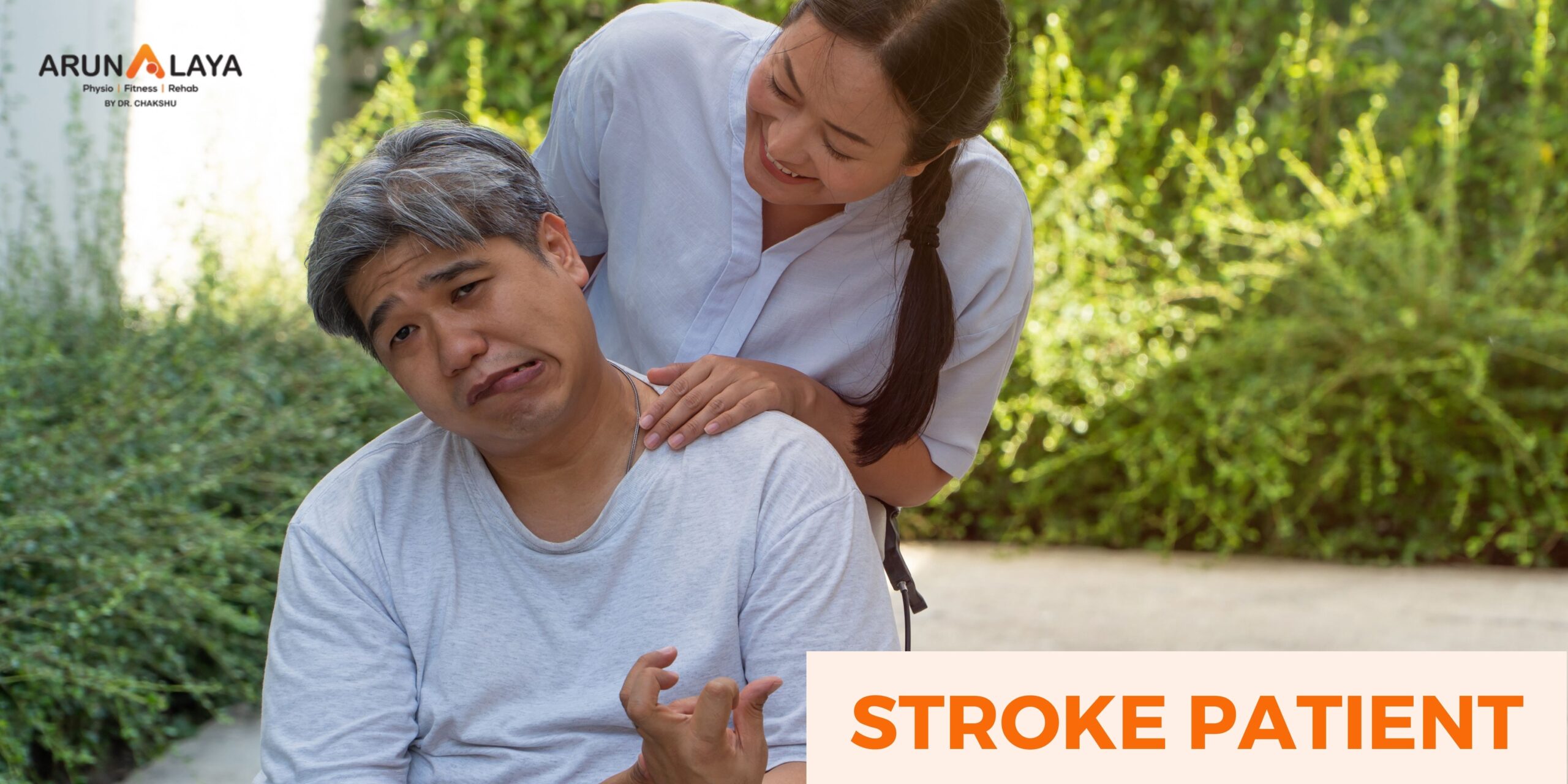Comprehensive Stroke Rehabilitation Protocol
Table Of Contents
- Introduction
- Basic Exercises
- Advanced Techniques and Exercises
- Repetitions and Progression
- Additional Considerations
- Conclusion
Introduction
Stroke rehabilitation is a crucial aspect of the recovery process for individuals who have suffered a stroke. Physiotherapists play a vital role in helping stroke survivors regain their mobility, strength, and independence.
In this article, we will provide a detailed stroke rehabilitation protocol tailored to the expertise of physiotherapists. We will cover basic exercises, advanced techniques, and their importance, including repetitions and variations.
Basic Exercises
1. Range of Motion (ROM) Exercises:
– Importance: Prevent contractures and maintain joint flexibility.
– Protocols: Perform gentle passive ROM exercises, gradually progressing to active-assisted ROM exercises.
– Variations: Focus on affected limbs and perform bilateral movements to promote coordination.
2. Strengthening Exercises:
– Importance: Rebuild muscle strength and enhance functional abilities.
– Protocols: Begin with isometric exercises and progress to resistance training with resistance bands or weights.
– Variations: Target specific muscle groups based on individual deficits, emphasizing the affected side.
3. Balance and Gait Training:
– Importance: Improve balance and walking ability.
– Protocols: Use balance boards, foam pads, and parallel bars for support.
– Variations: Include tandem walking, step-ups, and obstacle courses to challenge balance.
4. Functional Activities:
– Importance: Facilitate daily living skills.
– Protocols: Task-specific training, such as dressing, cooking, or using utensils.
– Variations: Increase the complexity of tasks as the patient progresses.
Advanced Techniques and Exercises
1. Constraint-Induced Movement Therapy (CIMT):
– Importance: Encourage the use of the affected limb.
– Protocols: Restrict the unaffected limb while engaging in intensive exercises with the affected limb.
– Variations: Incorporate shaping exercises and mirror therapy for enhanced results.
2. Neuromuscular Electrical Stimulation (NMES):
– Importance: Stimulate muscle contractions and promote muscle re-education.
– Protocols: Apply NMES to specific muscle groups during exercises.
– Variations: Adjust intensity and frequency based on individual tolerance.
3. Task-Specific Training with Robotics:
– Importance: Enhance functional recovery through repetitive, precise movements.
– Protocols: Utilize robotic devices that assist patients in performing tasks like reaching or grasping.
– Variations: Adjust resistance and difficulty levels as needed.
4. Virtual Reality (VR) Rehabilitation:
– Importance: Engage and motivate patients while improving motor skills.
– Protocols: Incorporate VR games and simulations for upper and lower limb exercises.
– Variations: Progress through different VR environments with varying levels of difficulty.
Repetitions and Progression
The number of repetitions and progression of exercises should be tailored to the individual’s functional capacity and tolerance.
Start with low repetitions (e.g., 5-10) and gradually increase as strength and endurance improve.
Progression should be based on regular assessments by the physiotherapist.
Additional Considerations
1. Aquatic Therapy: Water-based exercises can reduce the impact on joints and facilitate movement. Include aquatic therapy in the rehabilitation plan if available.
2. Functional Electrical Stimulation (FES): FES can assist with walking and cycling exercises, aiding muscle activation.
3. Cognitive Rehabilitation: Address cognitive impairments through tasks that challenge memory, attention, and problem-solving skills.
4. Home Exercise Programs: Provide patients with tailored exercises to continue their rehabilitation at home.
Conclusion
Stroke rehabilitation is a complex and individualized process that requires the expertise of physiotherapists.
By incorporating a range of basic and advanced exercises and techniques into the rehabilitation protocol, stroke survivors can achieve optimal recovery and regain their independence. It is essential to continually assess and adapt the program to meet the evolving needs of each patient. Collaboration with other healthcare professionals is also crucial for a holistic approach to stroke rehabilitation.
“At Arunalaya Healthcare, we pride ourselves on being the best physiotherapy center in Delhi. Our dedicated team of experts offers top-notch physiotherapy treatment tailored to your needs. Experience the difference with the leading physiotherapy clinic in Delhi area. Our commitment to excellence ensures that you receive the best physiotherapy care possible. Trust Arunalaya Healthcare for the best physiotherapy treatment in Delhi. Our advanced physiotherapy solutions set us apart as the premier choice for your rehabilitation needs. When it comes to physiotherapy, our center stands out as the best in Delhi. Choose Arunalaya Healthcare for comprehensive physiotherapy solutions that deliver results. Visit Arunalaya Healthcare today and discover why we are the best physiotherapy center in Delhi.”
Physiotherapist in Patel Nagar | Physiotherapist for Home Visit in Patel Nagar | Physiotherapy in Patel Nagar | Best Physiotherapist in Patel Nagar | Physiotherapist Near Me | Physiotherapy Near Me | Best Physiotherapist in Delhi | Best Physiotherapist in India | Physiotherapy Center in Patel Nagar | Spine Clinic Near Me | Back Pain Physiotherapy Near Me | Sports Physiotherapist in Delhi | Stroke Physiotherapy | Paralysis | Cerebral Palsy | Best Sports Injury Physiotherapist in Delhi | Best Sports Injury Physiotherapy in Delhi | Physiotherapy Home Service | Physiotherapy at Home | Home Visit Physiotherapy | Advanced Physiotherapy in Delhi | Physiotherapy Clinic Near Me | Chest Physiotherapy Near Me




